Galaxy Note 8 vs iPhone 7 Plus camera comparison: which takes better portraits?
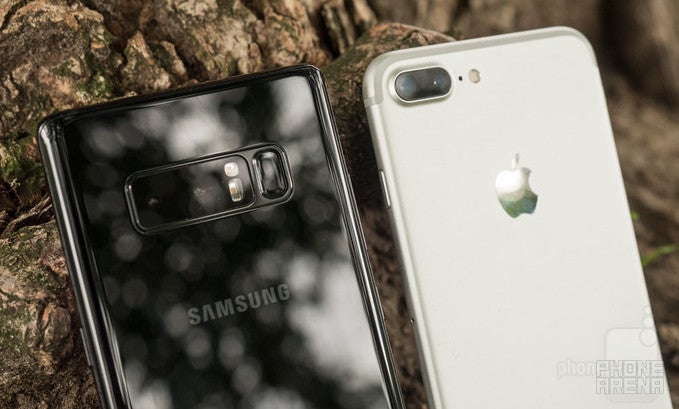
One of the most notable similarities between the Samsung Galaxy Note 8 and the iPhone 7 Plus is the way their cameras are set up. Both sport dual main cameras at the back – one is a standard shooter for general photography in any setting, while the secondary one brings your subject closer with its 2X zoom capabilities. But the feature we'll focus on in this post is the ability of both to add background blur (also known as "bokeh") to the image – what Apple calls Portrait Mode and what Samsung named Live Focus.
Chances are you're already familiar with Apple's Portrait Mode. Basically, it uses the secondary cam to focus on the subject, while image processing algorithms detect the background area and add blur to it, thus making the subject stand out better. The Galaxy Note 8 takes a similar approach, but adds the ability to control the amount of blur - both while previewing the image and even after it has been shot. And since the Note 8's 2x zoom camera has optical image stabilization, unlike the one on the iPhone 7 Plus, images should turn out clearer. Now let's look at some photos and see if that's the case.
Scene 1
Both phones are off to a good start. The Galaxy Note 8 and iPhone 7 Plus produce a pleasant amount of blur, hence our handsome model easily draws the viewer's attention. But if we take a closer look, more rough transitions between subject and background are noticeable in the Note 8's photo. Also, the colors in the iPhone's image are more pleasing to the eye. So while the Note 8 performs really well in this scene, we think the iPhone did better.
Winner: iPhone 7 Plus
Scene 2
In this round, we feel more drawn towards the Note 8's portrait shot. Color are more vivid and the image is brighter overall, with more light hitting the subject. We must note that both phones have blurred parts of the hair that shouldn't be affected, but again, this is only noticeable once we zoom in.
Winner: Galaxy Note 8
Scene 3
The Note 8 has the tendency to give colors a boost in its images. That might work well for some situations, but we're not quite convinced this is one of them. While the iPhone 7 Plus sticks to a more natural color tone, the model's skin tone in the Note 8's photo is quite off. That aside, both phones have done a pretty good job at applying the bokeh effect, with only slight imperfections here and there. The only spot both missed is the little gap in the lower right corner.
Winner: iPhone 7 Plus
Scene 4
And here's Joooohn V. posing for a glamorous portrait! One thing to note here is that the iPhone 7 Plus has a narrower field of view – from the same distance, Apple's handset will take a more zomed-in image compared to the Note 8. It's not a huge difference, and not necessarily a flaw or an advantage, but it is one we should mention, as it is visible in this pair of images.
Anyway, we have to name our favorite now, and that would be the iPhone 7 Plus. Its image is more realistic in terms of color reproduction, while the Note 8's looks overly saturated in comparison. The quality of the blur effect is, once again, quite good, but not perfect, with slight overlaps around John's hair.
Winner: iPhone 7 Plus
Scene 5
Light was far from plentiful in the corridor of our hotel. This is why this next set of shots is much fuzzier, though not overly so. Both phones have managed to capture roughly the same amount of detail, and it isn't a whole lot. But the iPhone's color reproduction is more realistic in this particular scene.
Winner: iPhone 7 Plus
Scene 6
We were on our way to have currywursts and beer when we took this pair of images. This one's an easy win for the Note 8, mostly because of the overall look of the image – brighter and livelier. Though the iPhone's photo isn't bad either, we must admit.
Winner: Galaxy Note 8
Conclusion
Although the Samsung Galaxy Note 8 is technically superior, the iPhone 7 Plus won this portrait camera shootout with a score of 4 to 2. The main reason to pick Apple's handset over Samsung's top phone was the overall look of the images – the iPhone sticks to a more natural representation of the scene, while the Note 8 often tries to spice it up by boosting the color saturation. As we mentioned above, the Note 8's approach might make certain scenes pop, but with portraits, it appears that the results are rarely great.
As for the simulated bokeh, the effect is very well applied by both cameras, and we'd easily rank these two along with the best dual-camera phones that can pull off such tricks. But when we take a closer look at the photos side by side, we notice that with the Galaxy Note 8 there's a sharper transition from foreground to background, while the iPhone produces a more gradual border between the two in its portraits. That's not much of an issue, as most of the time you won't be looking at portraits in full size and you won't be noticing any of this. Yet it shows that the Galaxy Note 8's camera could use a bit more refinement before matching that of the iPhone 7 Plus.
Below are the high-resolution versions of the photos used in this comparison.
Follow us on Google News













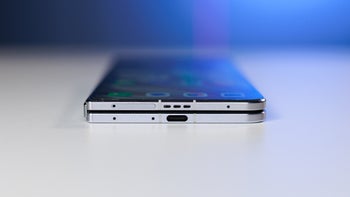
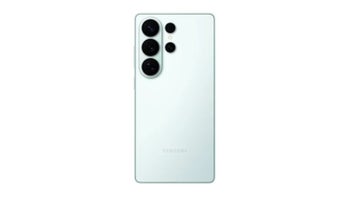
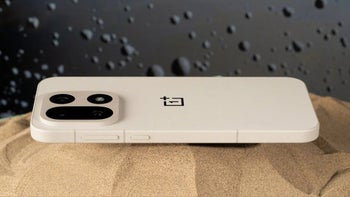
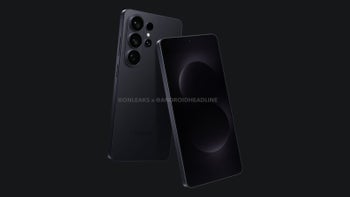
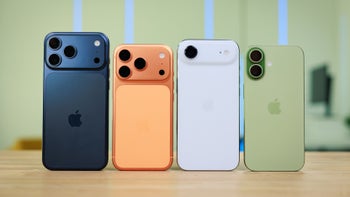
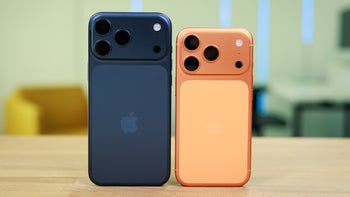
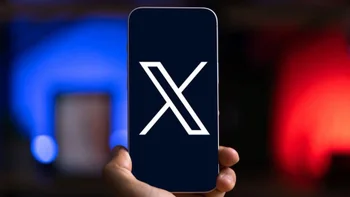
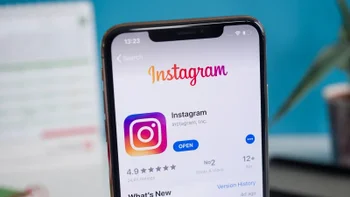
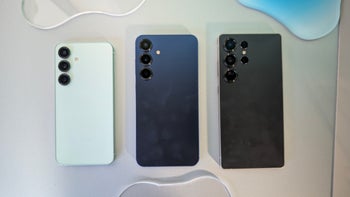
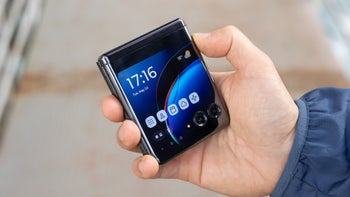
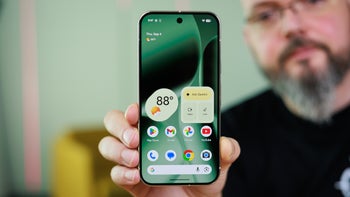
Things that are NOT allowed:
To help keep our community safe and free from spam, we apply temporary limits to newly created accounts: